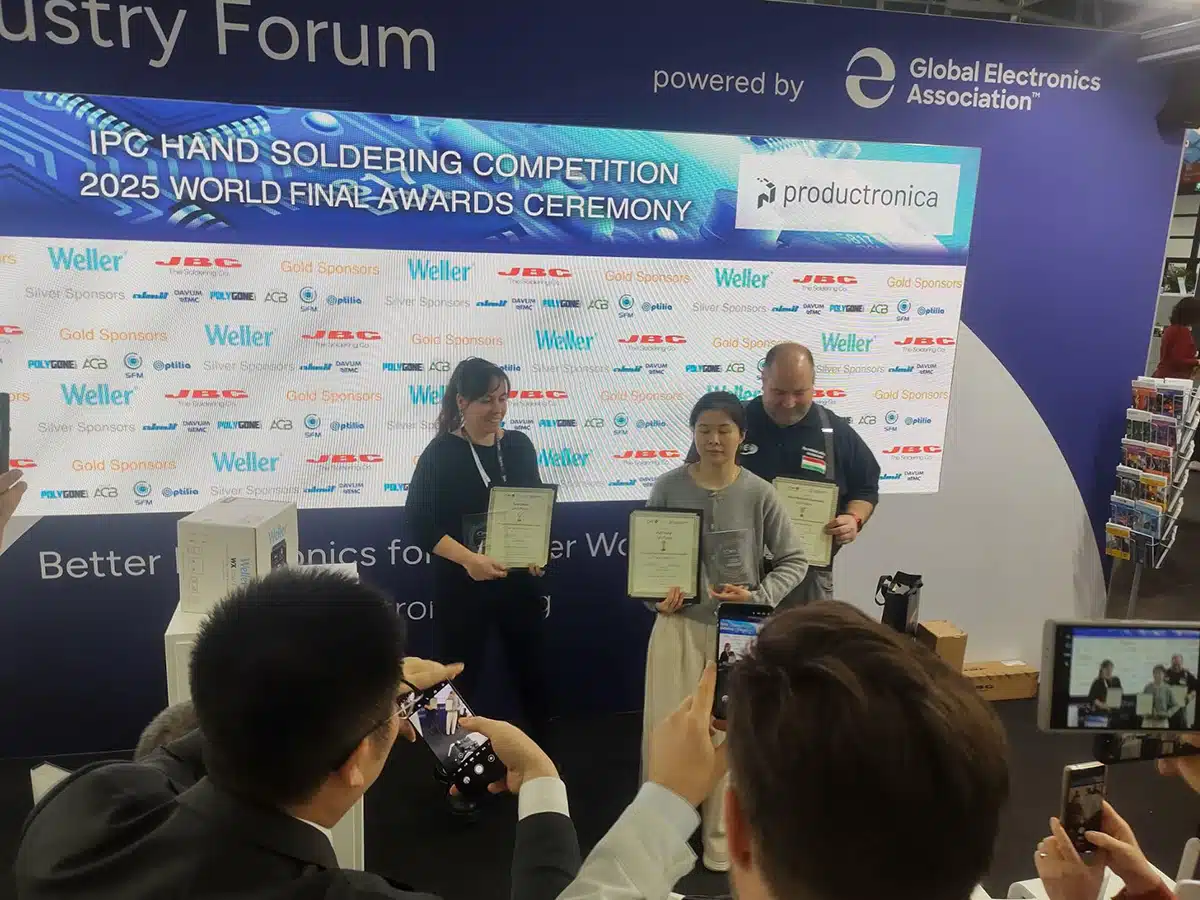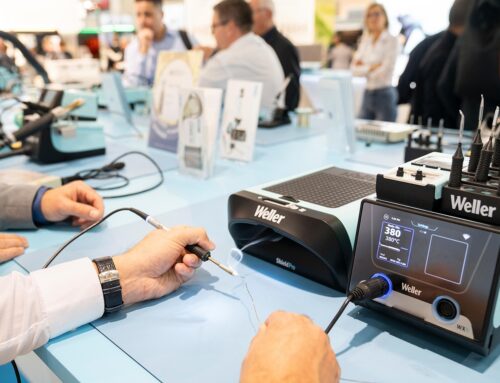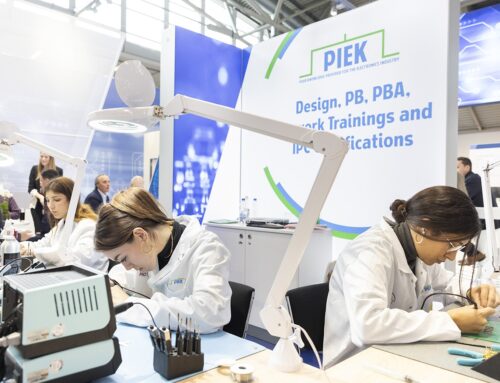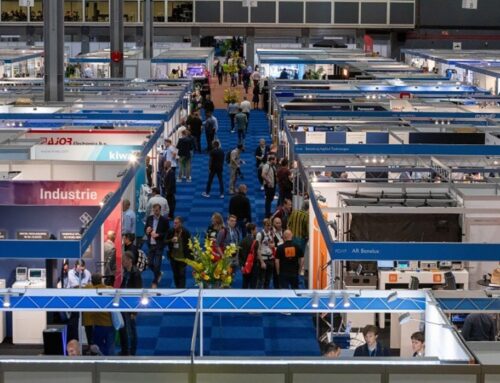During productronica in Munich, the Global Electronics Association organized the Hand Soldering World Championship 2025. Fifteen regional champions from twelve countries took part, with representation from Saudi Arabia, Estonia, France, Australia, China, Italy, the United Kingdom, Japan, Mexico, Vietnam, Thailand, and Hungary. The broad field shows how different daily practice can be, while the quality criteria ultimately remain the same everywhere.
Participants were given two days to complete a complex printed circuit board assembly within a maximum working time of sixty minutes. The evaluation focused on functionality, process compliance, and the quality of the final product, following IPC-A-610 Class 3. In this class, tolerance is limited. In practice, we often notice that even a small deviation, such as slight flux residue on a pin located in a corner, can already affect the final score.
The results of the final were as follows:
- World Champion 2025: Ms. Yan Yang, ZhuZhou CRRC Times Electric Co. (China)
- Second place: Ms. Eva Gobet, Thales Six GTS (France)
- Third place: Mr. Peter Richard Zsombok, BHE Bonn Hungary Elektronik KFT (Hungary)
These were three strong performances. What stands out is that a hand soldering competition has a very different dynamic compared to a normal production day. The pressure is higher, and there is hardly any time for post-inspection. This makes the comparison with daily situations particularly instructive, because in many companies we see operators improvising regularly when schedules are tight. It remains fascinating to see how technique, routine, and pace influence one another.
Looking ahead, it was announced that new qualification rounds will begin in 2026, followed by an additional competition format for cable and wire assemblies. This topic often comes up on production floors, especially when teams have to combine PCB assembly with cabling work. It promises to be a year in which craftsmanship will once again take center stage.






